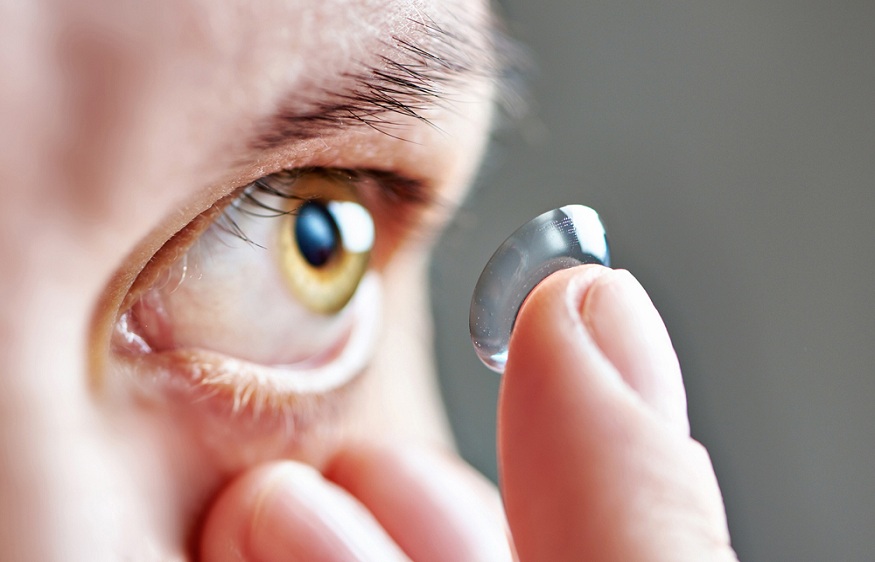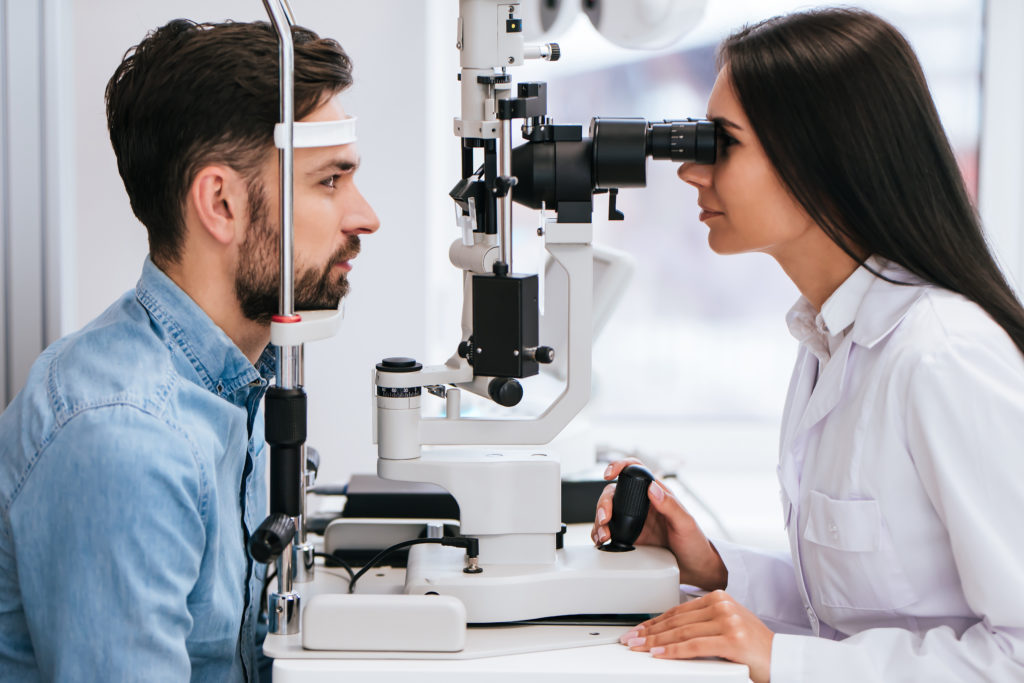Dry eye syndrome is a prevalent condition where the eyes fail to produce enough tears or the tears are of poor quality, leading to insufficient lubrication. This can result in a variety of uncomfortable symptoms and potential complications if left untreated.
Causes of Dry Eyes
Dry eyes can be triggered by several factors, including environmental conditions, medications, and underlying health issues. Common environmental contributors include:
- Low Humidity: Both indoor and outdoor low humidity levels can exacerbate dry eyes. Indoors, this is often due to heating or air conditioning, which can dry out the air.
- Wind and Airflow: Exposure to wind or air from fans, including sleep apnea masks, can dry out the eyes. Even a small air leak from a mask can cause significant dryness.
- Allergens and Smoke: These can accelerate tear evaporation, leading to dry eyes. An allergy eye test will be required to identify what causes the sensitivity.
- Visually Intensive Tasks: Activities like reading, using a computer, or watching TV can reduce blinking frequency, contributing to eye strain and dryness.
- Insufficient Tear Production: Tear production may decline with age or due to various medical conditions or medications.
- Poor Quality Tears: Tears consist of water, oil, and mucus. If these components are not properly balanced, the tears will not function effectively, leading to dry eyes.
Symptoms of Dry Eyes
Individuals with dry eyes may experience a range of symptoms, including:
- Itchy, stinging, or burning sensations
- A feeling of something being in the eye
- Blurred vision
- Watery eyes
- Sensitivity to light
These symptoms can vary in intensity and may be exacerbated by certain conditions, such as exposure to dry air or prolonged screen time.
Diagnosing Dry Eyes
If you suspect you have dry eyes, it is essential to consult with an ophthalmologist. They can perform a thorough eye examination to determine the underlying cause and recommend appropriate treatments. Common diagnostic methods include assessing tear production and evaluating the quality of tears.
Treatment Options
The key to treating dry eyes is to ensure proper lubrication to reduce symptoms and ensure vision is not impaired.
There are several strategies to manage and treat dry eyes:
- Artificial Tears: Over-the-counter artificial tears can be used regularly to alleviate mild dry eye symptoms. However, it is advisable to avoid drops labeled “redness relieving” as they do not address the underlying issue and may worsen the condition.
- Prescription Eye Drops: For more severe cases, an ophthalmologist can prescribe eye drops that increase tear production and improve tear quality.
- Environmental Adjustments: Using a humidifier to maintain indoor humidity levels, protecting eyes from wind and smoke, and taking regular breaks during visually intensive tasks can help manage symptoms.
- Lifestyle Changes: Staying hydrated, maintaining a balanced diet rich in omega-3 fatty acids, and ensuring adequate sleep can also support eye health.
When to See an Ophthalmologist
If you experience persistent or recurring symptoms of dry eyes, it is crucial to seek professional advice. An ophthalmologist can provide a comprehensive evaluation and tailor a treatment plan to your specific needs.
Don’t let dry eyes affect your quality of life. If you’re experiencing any symptoms or have concerns about your eye health, schedule an appointment with your ophthalmologist today. They can help you find the right treatment to keep your eyes comfortable and healthy.



